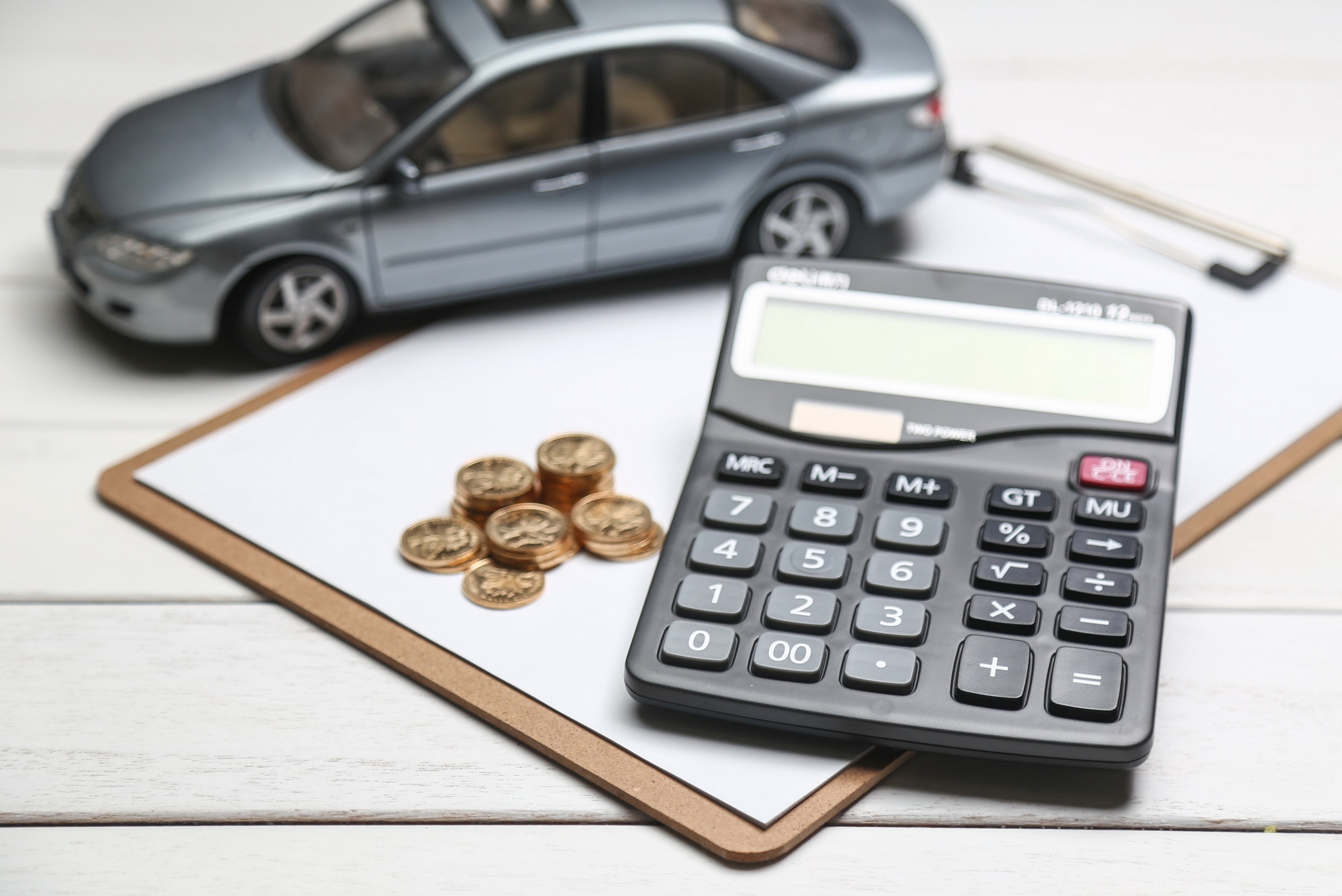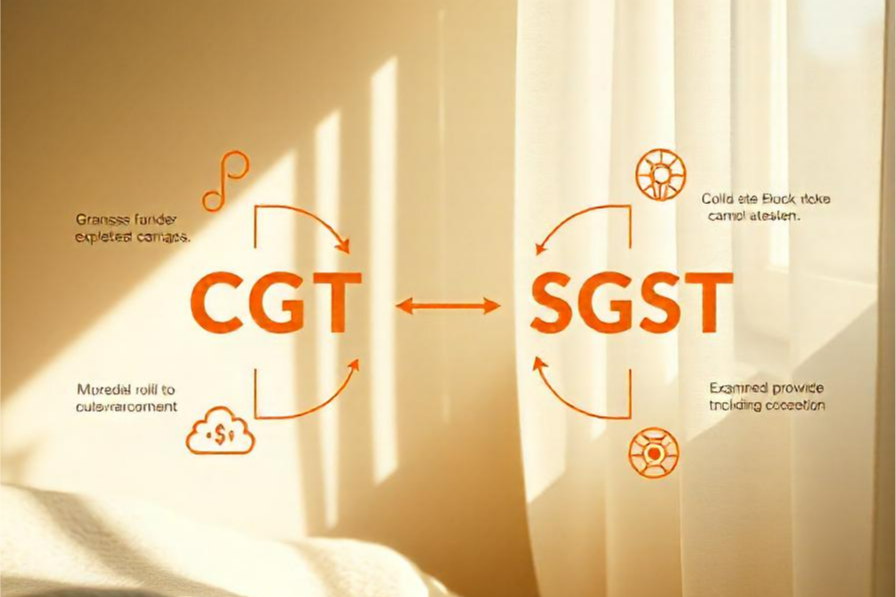Fixed assets are one of the most important parts of a private limited company’s financial structure. It is very important that the accounts of fixed assets are presented accurately, both for the purposes of compliance and for financial reporting and decision-making. The present blog will enable readers to understand in detail the procedures, policies, and laws relating to the accounting of fixed assets in a private limited company.
What are Fixed Assets?
Fixed assets are long-term tangible assets that the company owns and utilizes in generating revenue in its operations. They are not held for resale in the normal course of business operations. Examples include:
- Land and buildings
- Machinery
- Vehicles
- Furniture
- Computers and software
Accounting Standards and Framework
Applicable Standards
- Indian Accounting Standards (Ind AS): For companies falling under specified thresholds.
- Accounting Standards (AS): For smaller companies not covered under Ind AS.
- International Financial Reporting Standards (IFRS): For multinational entities.
These standards provide guidance on the recognition, measurement, depreciation, revaluation, and disposal of fixed assets.
Key Aspects of Fixed Asset Accounting
1. Recognition
Fixed assets are recognized in the books when:
- It is probable that future economic benefits will flow to the company.
- The cost can be reliably measured.
Example:
- Machinery: When the asset is ready for use.
- Land: At cost when purchased.
2. Initial Measurement
Fixed assets are initially measured at cost:
- Purchase price
- Costs that can be directly attributed to:
- Transportation, installation, legal fees.
- Dismantling and restoration costs: For assets that require restoration of site.
Example:
If a machine costs ₹ 10,00,000, and installation expenses are ₹ 50,000 and transportation expenses are ₹ 20,000, then the total initial cost would be ₹ 10,70,000.
3. Measurement after Recognition
Fixed assets shall be subsequently measured by:
- Cost Model: Carried at cost less accumulated depreciation and impairment losses.
- Revaluation Model: Carried at a revalued amount less depreciation and impairment.
Example:
If land is revalued upwards by ₹5,00,000, the surplus is recorded in a revaluation reserve.
4. Depreciation
Depreciation represents the decrease in the value of an asset during its useful life.
Methods:
- Straight-Line Method (SLM): Uniform cost over the life of the asset.
- Written Down Value (WDV): Higher depreciation in the earlier years.
Depreciation must be calculated considering useful life, which is given in Schedule II of the Companies Act, 2013; salvage value; and applicable rates for different assets.
Example:
A vehicle costing ₹5,00,000 with a useful life of 5 years and residual value of ₹50,000 will have annual depreciation under SLM = ₹(5,00,000 – 50,000) / 5 = ₹90,000.
5. Impairment
Companies should test their assets periodically for impairment to ensure that the carrying value does not exceed the recoverable amounts. An impairment loss is an immediately recognizable loss that appears in the profit and loss account.
6. Revaluation
An entity may revalue their fixed asset to reflect their fair value. Revaluation adjustment shall be credited as a rule, unless it is in reversing an earlier loss.
7. Capitalization of Expenses
Some costs that arise after acquisition, like significant improvements or additions, are capitalized, but maintenance costs are not capitalized and are expensed.
Example:
- A new feature added to a machine enhances productivity; this is capitalized.
- The routine oiling of the same machine is expensed.
8. Disposal of Fixed Assets
Upon disposal, the company needs to:
- Write off the cost of the asset and the accumulated depreciation from the books.
- Record the profit and loss account for any gain or loss.
Example:
If an asset whose book value is ₹2,00,000 has been sold for ₹2,50,000, then a gain of ₹50,000 is booked.
Fixed Assets Acquisition Accounting Entries:
Acquisition:
Fixed Asset Account Dr
Input GST Account Dr
To Vendor Account
Depreciation:
Depreciation Expense Account Dr
To Accumulated Depreciation Account
Revaluation:
Fixed Asset Account Dr
To Revaluation Reserve Account
Disposal:
Bank Account Dr
Accumulated Depreciation Account Dr
To Fixed Asset Account
To Profit/Loss on Sale of Asset Account
Fixed Asset Register
A fixed asset register should be maintained to ensure proper accounting and recording. Key details include:
- Asset description
- Purchase date and cost
- Depreciation method and rates
- Revaluation details
- Disposal date and proceeds
Regulatory and Tax Implication
Companies Act, 2013
- The Companies Act adheres to Schedule II for impairment.
- Asset revaluation by companies is mandatory in certain cases.
Income Tax Act 1961
- Separate depreciation rates prescribed under the tax laws
- Block of assets under the concept for tax purposes.
GST
- Input tax credit on the capital goods.
- Reverse charge mechanism in certain cases.
Fixed Asset Accounting Best Practices:
- Establishment of a clear capitalization policy.
- Physical verification to be carried out periodically.
- The fixed asset register should be updated on a regular basis.
- Annual impairment tests to be carried out.
- Strong and reliable accounting software should be used to ensure accuracy.
Conclusion
Fixed assets need to be accounted for correctly to maintain transparency and good books of accounts for any private limited company. With relevant accounts standards, proper maintenance of records, and updated knowledge regarding tax laws, your company will be well advised on how to manage fixed assets better for better operational efficiency and sound financial health.
For professional experience in fixed asset accounting or customized advanced accounting tools, hire an expert or deploy powerful accounting software tailored to address the needs of your company.






